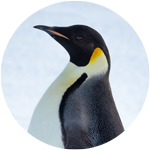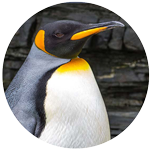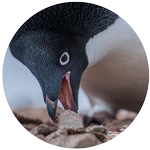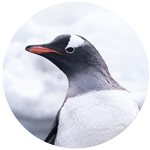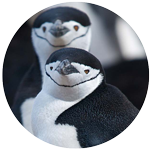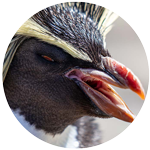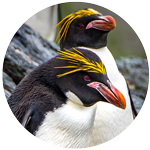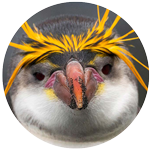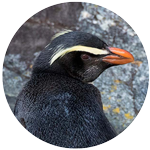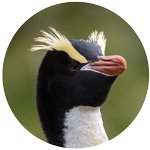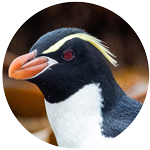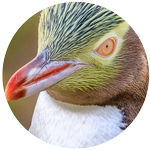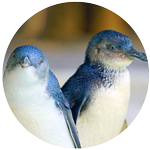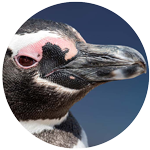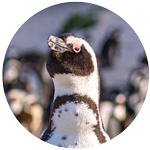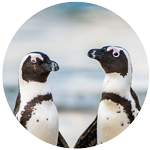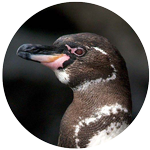Celebrating World Penguin Day 2025
Penguins are among the world’s most beloved animals. Clad in nature’s own formal wear, these flightless birds live in the cold Southern Hemisphere, waddling across icy realms and huddling together for warmth.
Sadly, a chilling reality masks these heartwarming images: almost half of all penguin species are now at risk, with nine out of 20 already listed as Vulnerable or Endangered by the IUCN Red List of Threatened Species.
Many factors disrupt the delicate balance of their ecosystems. Climate change may affect fish movements that cause shortages in food supply. In addition, the increasing pressures of overfishing deplete the very sustenance they rely on.
But hope is not lost. Efforts to increase penguin awareness and conservation continue, fueled by the dedication of scientists, conservationists. At SeaWorld® Yas Island, Abu Dhabi we have a team of zoological educators around the world, who are passionate about penguin awareness and conservation.
The World Penguin Day 2025 serves as a crucial platform to amplify these efforts. In this story, we’ll help you learn more about these majestic birds.
World Penguin Day Facts
- Set for the 25th of April every year, this celebration is timed to coincide with the approximate date of the annual migration for Adelie penguins, when they move to the north to escape the long and harsh winter.
- A separate celebration called Penguin Awareness Day happens every 20th of January. Although scheduled for different dates, both are dedicated to raising awareness and protecting penguins.
- World Penguin Day encourages people to take action against climate change, ocean pollution, and other threats to penguin populations. Organizations around the world support the cause with activities focused on educating people about how we can protect their habitats and ensure their survival.
Learn more about these majestic birds!
What do penguins eat? How do they communicate? And is there any reason why they look the way they do?
Get more information about penguins and discover interesting facts about their habitats, food habits, behavior, and physical characteristics as Heather takes you on a deep dive into the penguin world. Gain a greater understanding of conservation efforts around this magnificent and unique marine bird and a deeper appreciation of its role in the ecosystem.
A welcome note from Heather
Heather is a Zoological Manager at SeaWorld Yas Island, Abu Dhabi. She has worked with SeaWorld for over 23 years, caring for animals from the North Pole to the South Pole and places in between, including penguins, alcids, polar bears, walruses, beluga whales, seals, sea lions, foxes, flamingos, waterfowl, parrots, otters, sea turtles, dolphins, and a variety of other bird species, small mammals, reptiles, and insects. During her time with SeaWorld, Heather has hand-raised 9 different penguin species, namely Emperor, King, Adélie, Chinstrap, Gentoo, Macaroni, Southern Rockhopper, Magellanic, and Humboldt penguins, as well as working with 11 species (all of the above plus Little Blue and African penguins). She holds a Bachelor of Sciences in Biology from California State Polytechnic University, Pomona, and is a member of the Association of Zoos & Aquariums (AZA).
Penguin habitats: where do penguins live?
When discussing penguin habitats, did you think of glaciers and icy Antarctic shelves? What if we told you that penguins are found in other places too! In fact, penguins are found throughout the Southern Hemisphere, in Australia, New Zealand, South America, Southern Africa, and as far north as the equator. The northernmost penguins can be found in the Galápagos Islands. However, Antarctica has the highest density of penguins, with 8 species living in Antarctica (mainly around the coasts) and on the subantarctic islands.
Factors influencing habitat
The penguin’s habitat is determined by multiple factors, including the bird’s inability to fly. This means they must live closer to food sources, such as seas filled with the organisms they feed on. They also tend to thrive in remote areas where predators are less likely to prey on them.
Penguins in warmer climates
Did you know that some penguins can also flourish in more tropical climates? The Galápagos penguin can survive in tropical waters largely due to the cold Cromwell and Humboldt ocean currents that lower the water temperature to a level that suits them.
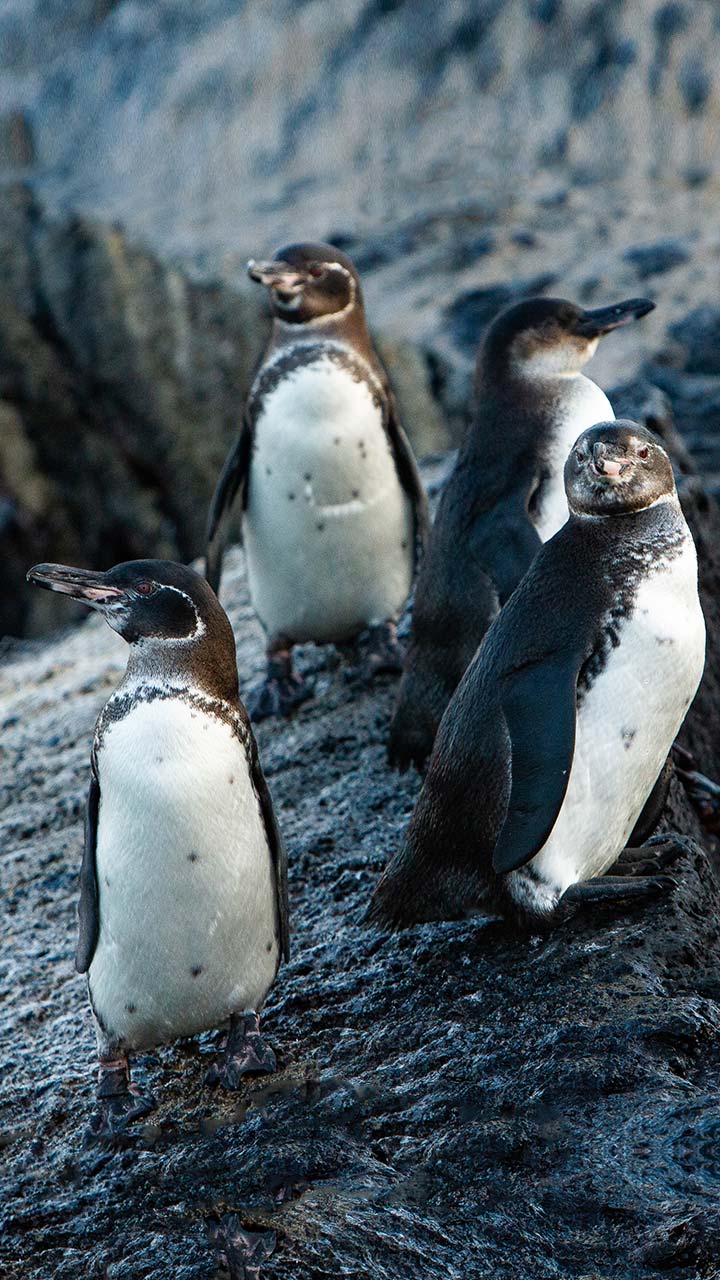
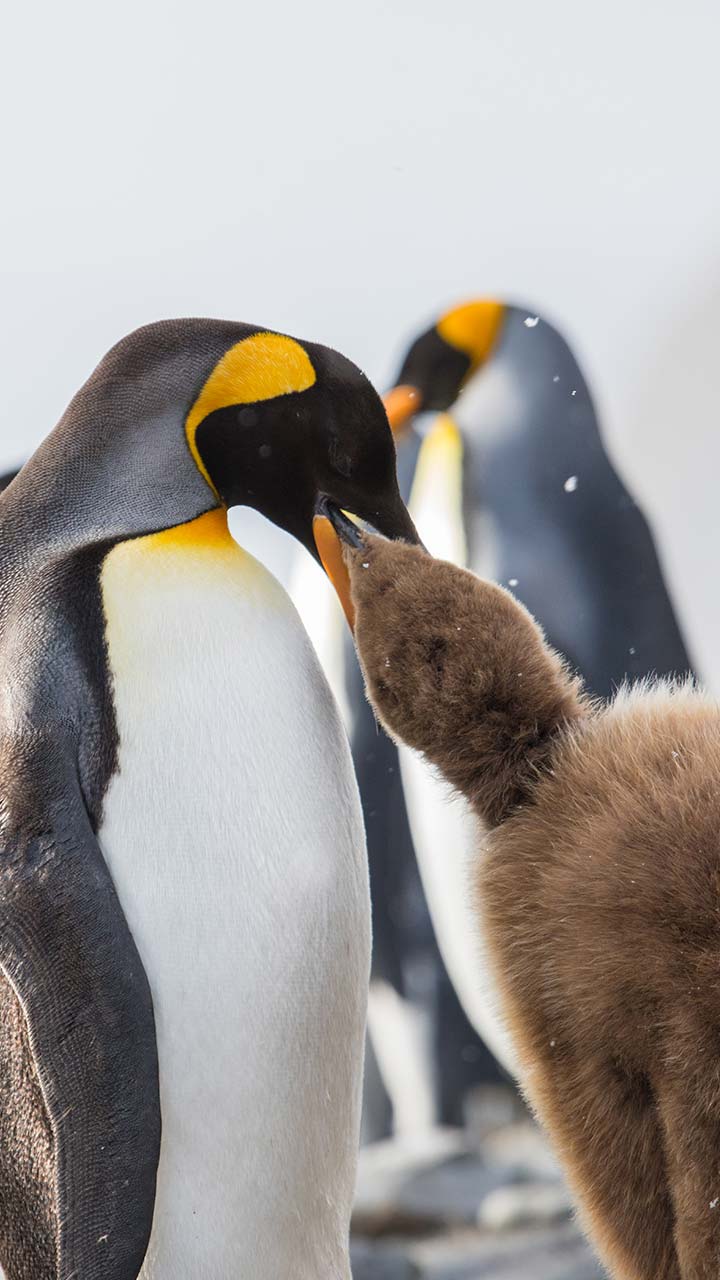
Scientific facts about penguins
If you’re a budding zoologist, this section is for you. The scientific classification of penguins is as follows:
- Class: Aves
- Order: Sphenisciformes
- Family: Spheniscidae
This classification covers all extinct and living penguin species.
There are 18 different living species of penguins, and scientists have identified a further 40 species that have gone extinct.
Is the penguin a mammal? No.
What do penguins eat?
These quaint and endearing birds have fascinating feeding and dietary habits. They are skilled predators and their preferred prey is fish, krill and squid. These preferences vary by penguin species and location. Penguins in the Antarctic and subantarctic areas consume more krill and squid, while those in the Northern parts feed on fish. Size is also a factor - some small penguins may eat krill, while some larger penguins prefer squid and fish.
Penguins also seem to swallow stones - yes, stones - intentionally. Many different species have been known to have stones in their stomach contents and there have been several credible accounts of penguins seeking out and ingesting multiple stones at a time. Scientists have hypothesized that this is to make them less buoyant when they dive in search of food. The stones may also serve to make them feel fuller and less hungry or help to break down the exoskeletons of the crustaceans they consume, which is mainly hypothesized in chicks.
Hunting methods
How do penguins find their food? Penguins swim or dive to catch their prey using their bills. The penguin’s powerful jaw prevents the prey from escaping, while its mouth and tongue have sharp spines that help with gripping and ingesting. Often, groups of penguins have been known to work together to hunt amidst large schools of fish. Some species of penguins also forage for krill and fish on the seafloor or underside of rocks.
Fasting
Interestingly, penguins also go through long periods of fasting, particularly when they are breeding or molting (shedding their feathers). These fasting period can last for 2-3 months - Emperor penguins for instance can go without food for as long as 120 days during the breeding season. How do penguins stay alive without food? The answer is quite wonderful: penguins have a layer of fat that provides them with energy during their prolonged fasts.
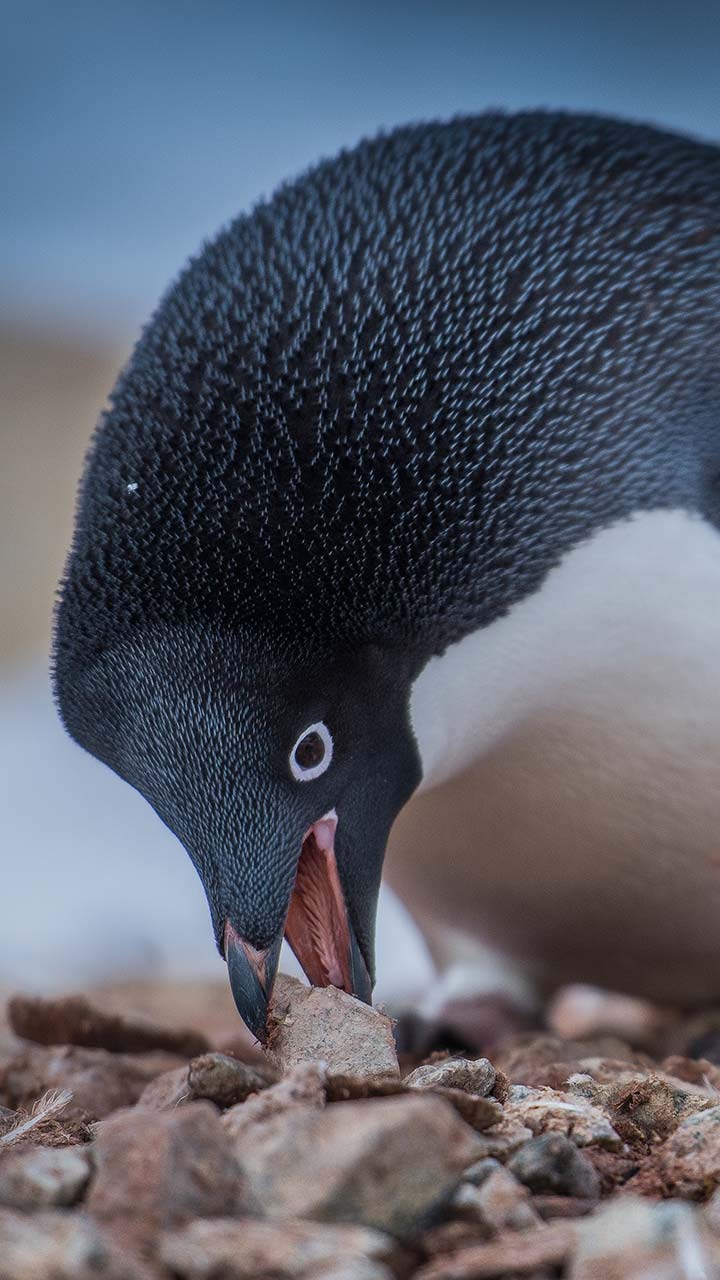
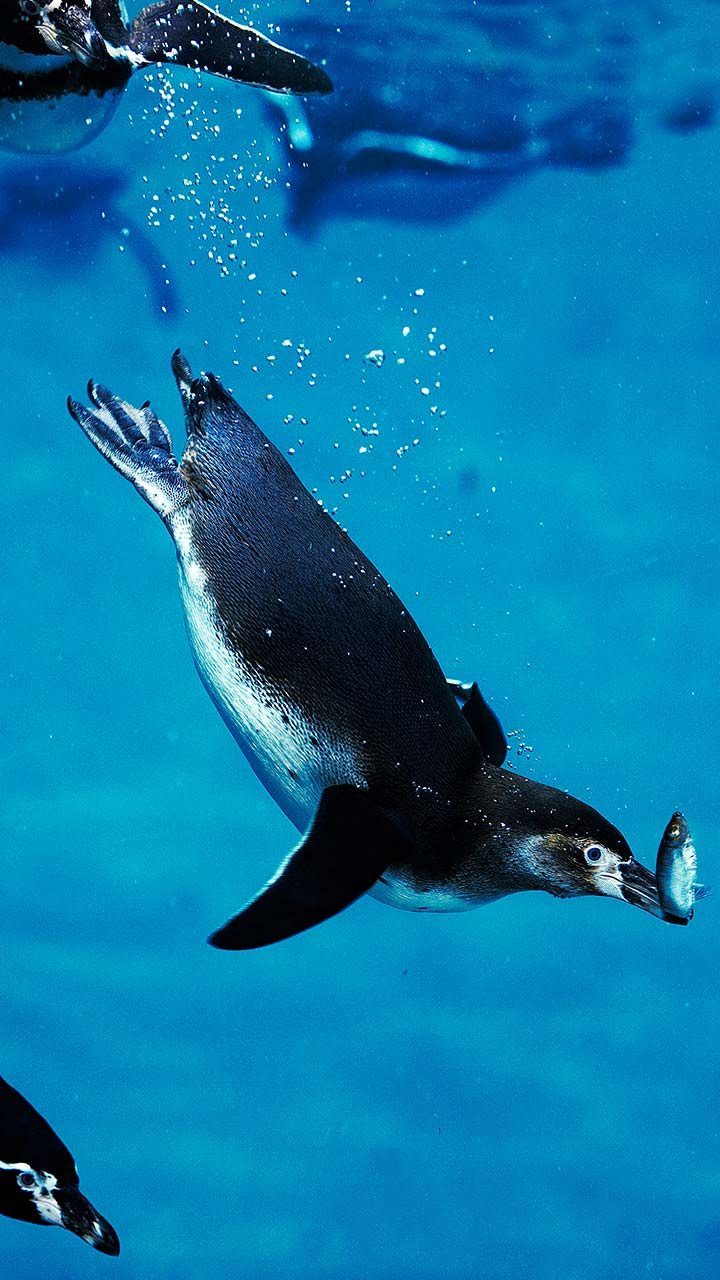
- Penguin characteristics at a glance
- How big is a penguin?
- Did you know that penguins love to socialize?
- How about the distinctive tuxedo style black-and-white coloring we associate with penguins?
- Why is the penguin’s body shaped the way it is?
- Penguins put on ‘displays’
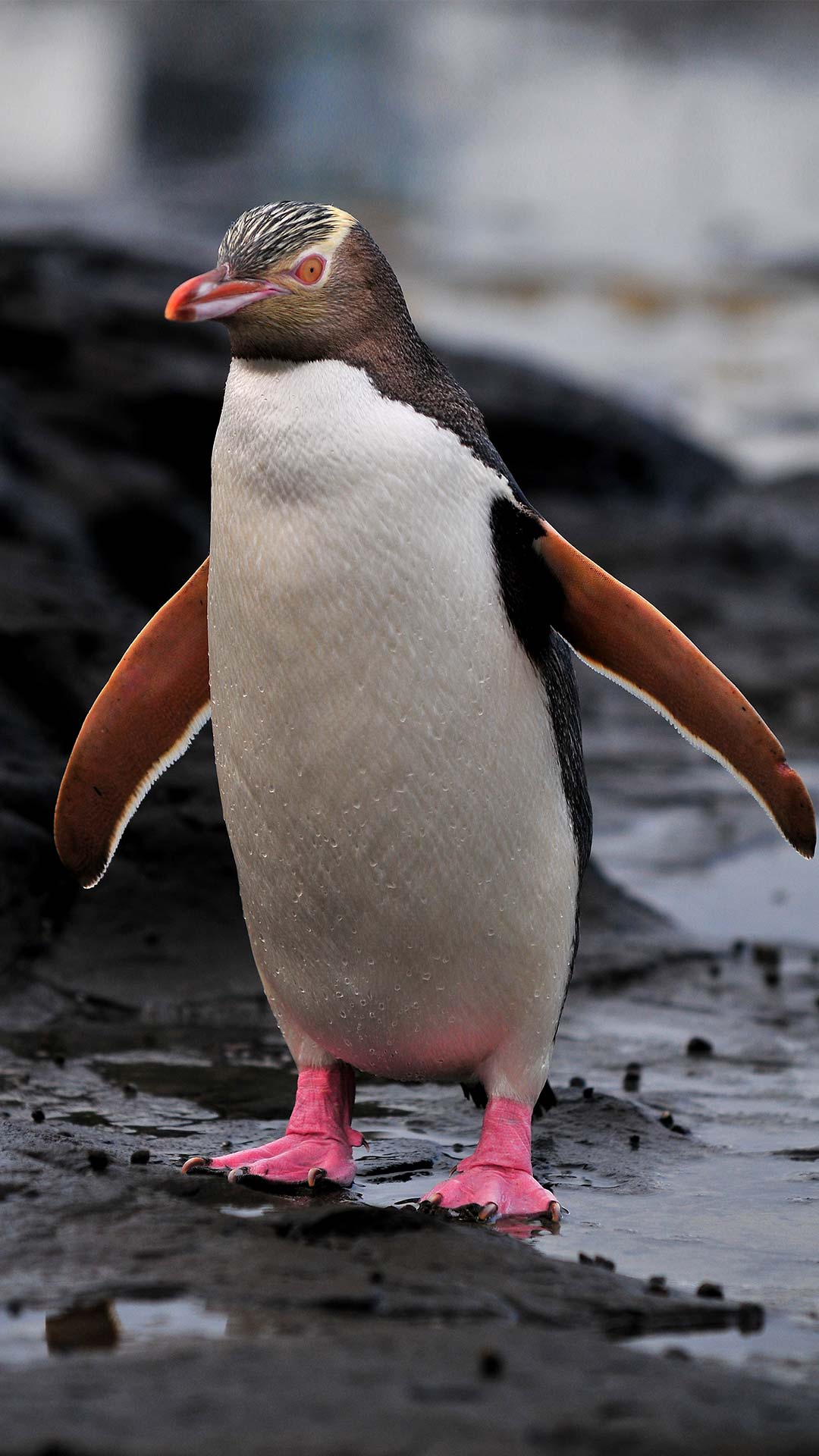
Penguin adaptations decoded
What is an adaptation in scientific terms? According to the National Geographic Society, “An adaptation is any heritable trait that helps an organism, such as a plant or animal, survive and reproduce in its environment.” Or to put it more simply, adaptations are the unique characteristics animals develop that allow them to adapt and survive in the surroundings they are in.
We’ve already touched on a few penguin adaptations above, such as its shape, which helps it swim, and its coloring, which protects it from predators. Here are a few other ways in which penguin bodies are adapted to help them survive and thrive:
Swimming
- Other than the streamlined, fusiform shape, penguins also tuck their heads into their shoulders and hold their feet close to their bodies, to create less resistance while swimming.
- Their wings are in fact flippers that they can use to “fly” through the water
- Their upper body and pectoral muscles are stronger to help them cut through water and battle any resistance
- Unlike flighted birds penguins have heavier, denser bones that help them fight buoyancy and dive easier
Drinking seawater
- Penguins can ingest salt water with no harmful effects because they have specially adapted glands under their eyes that expel excess salt in fluid form. This collects on the penguin’s bill and is shaken off.
Regulating body temperature
- Penguin feathers are designed to overlap without any gaps, preventing air or water from penetrating to the layer beneath
- Feathers have tufts of down that trap air to provide a layer of insulation
- The penguin’s layer of fat also serves to keep it warm
- Emperor penguins in specific, huddle together to stay warm and also turn their backs to the sun to trap more heat in the dark color
Top facts about penguins
Once you delve deep into the icy (or for some, not so icy) depths of the penguin’s universe, you realize that what we know about these wonderful birds barely scratches the surface. Here are some interesting and fun facts about penguins:
- Penguins have distinct voices. Each call can be identified as belonging to a specific penguin, and this is how mates and chicks recognize each other.
- Penguins have binocular vision, meaning they can see both in and out of water. They can see colors in the visual spectrum and are sensitive to blues and greens. It is possible that they can see into the ultraviolet light spectrum as well.
- Some penguin species, like Adélie penguins, follow the sun’s changing positions to navigate through the day.
- Unfortunately, African and Galápagos penguin species are currently listed as ‘endangered’, while Humboldt, Yellow-eyed, Little Blue (white-flippered form), Erect-crested and Fiordland crested penguins are listed as ‘threatened’. Humans can help conservation efforts by eating sustainably sourced seafood, which prevents accidental deaths of penguins due to poor fishing practices, and gives them enough prey to feed on. In general, observing environmentally friendly practices will benefit all wild and marine life.
- Chicks have different colors to adult penguins; it is believed this makes the penguins visually recognize them as children, treat them well and not view them as threats to be eliminated.
See penguins in real life at SeaWorld Yas Island, Abu Dhabi
To observe penguins and their behavior in person, you can visit the Antarctica Realm at SeaWorld Yas Island, Abu Dhabi, where the penguin’s habitat has been recreated down to the last detail, including optimal air and water temperatures and light conditions.
You can also participate in the Penguin Encounter at SeaWorld Abu Dhabi where you will get a chance to interact with some of the six penguin species who call this realm home, under safe and supervised conditions. This is a rare opportunity to come face to face with this otherwise elusive bird.
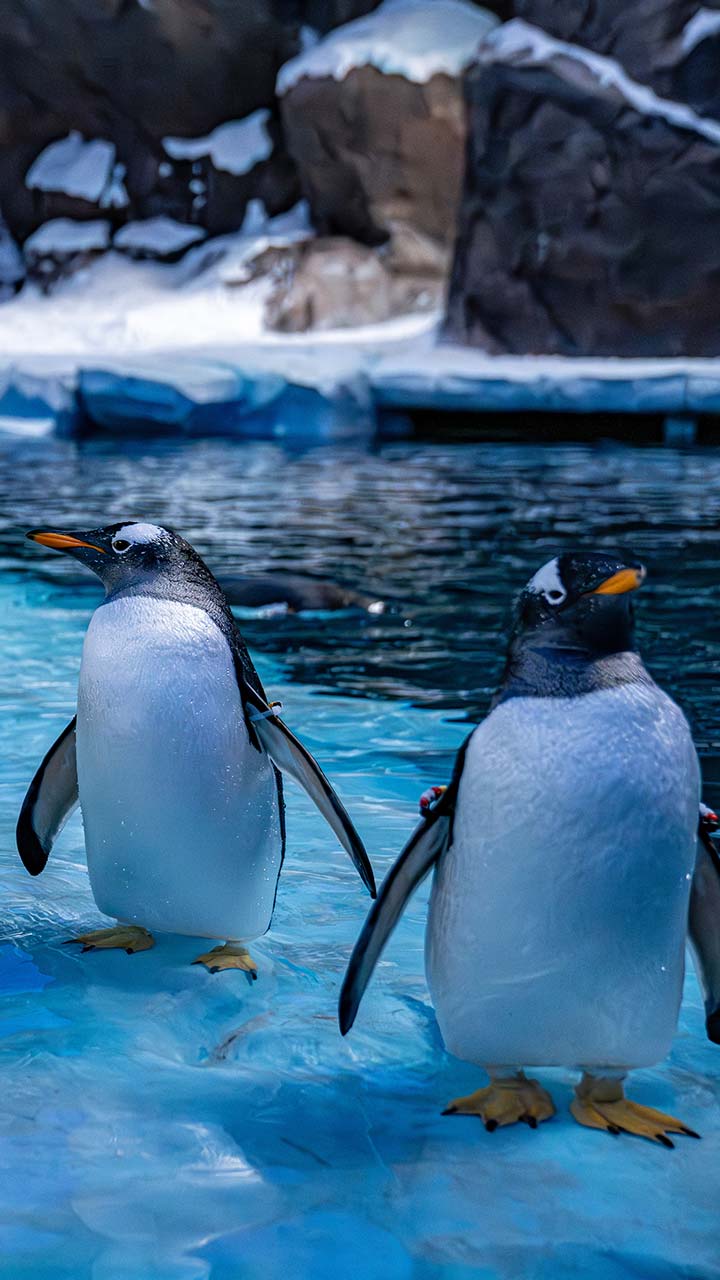
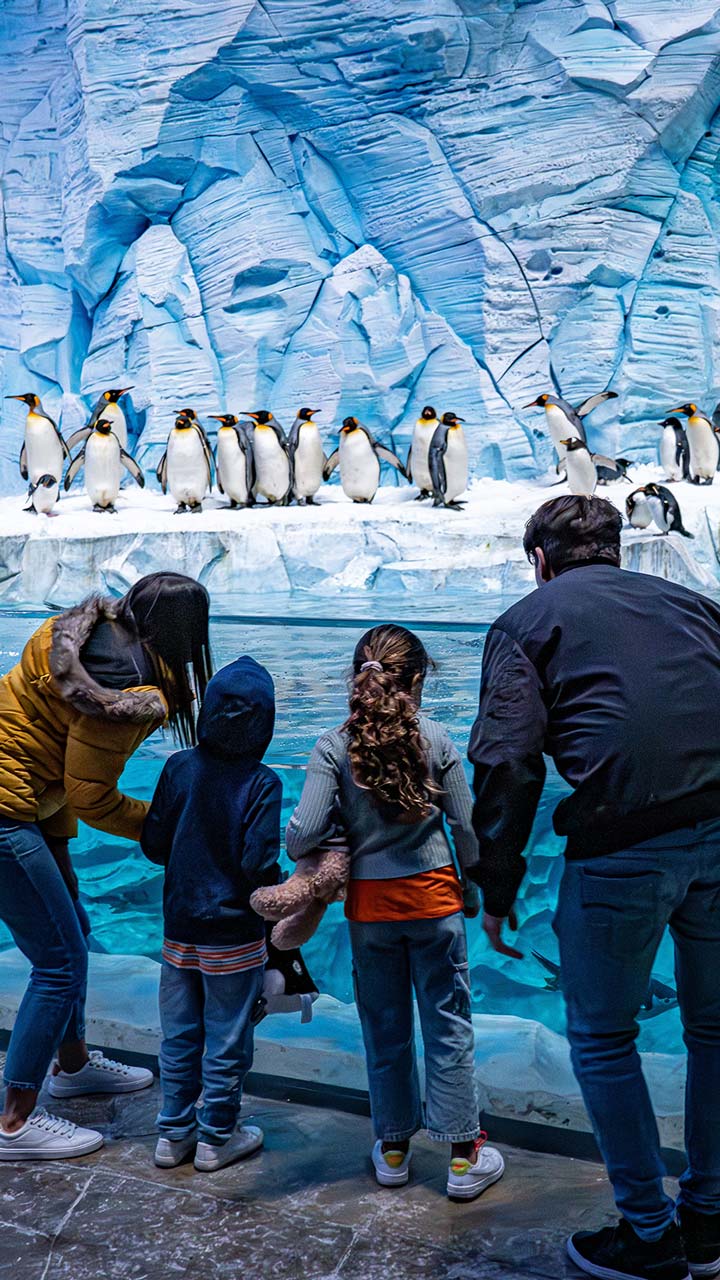
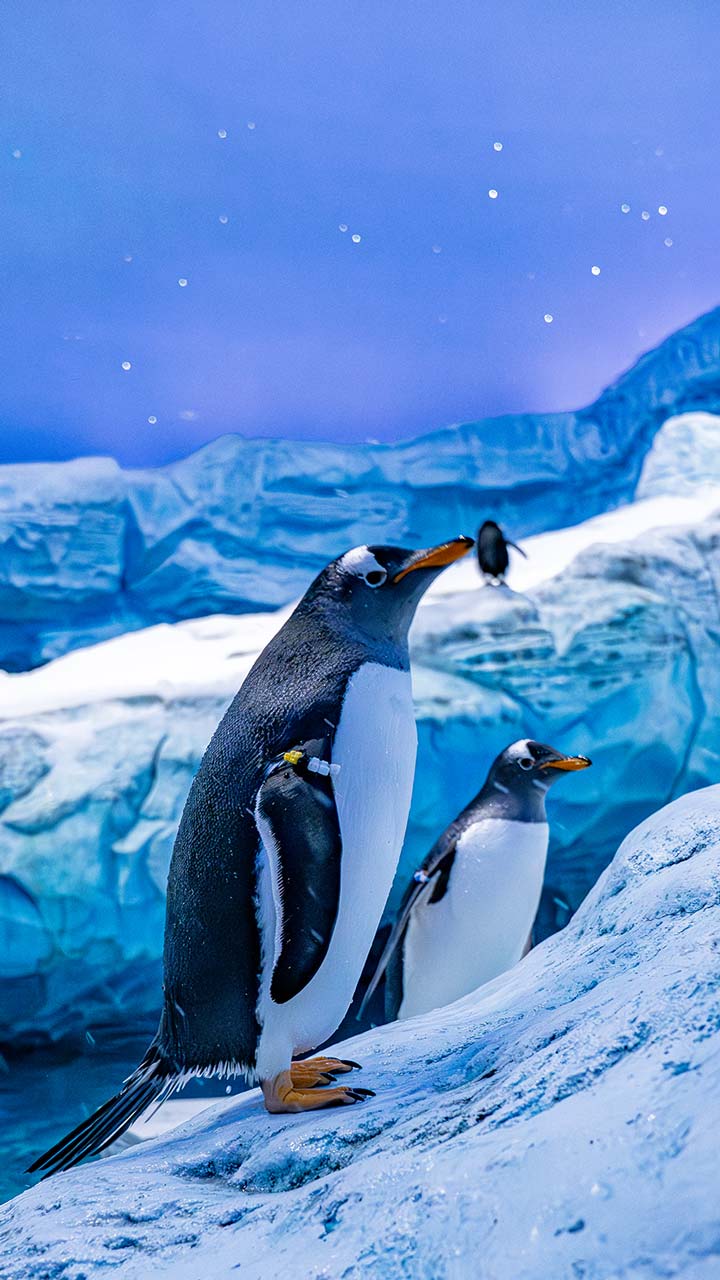
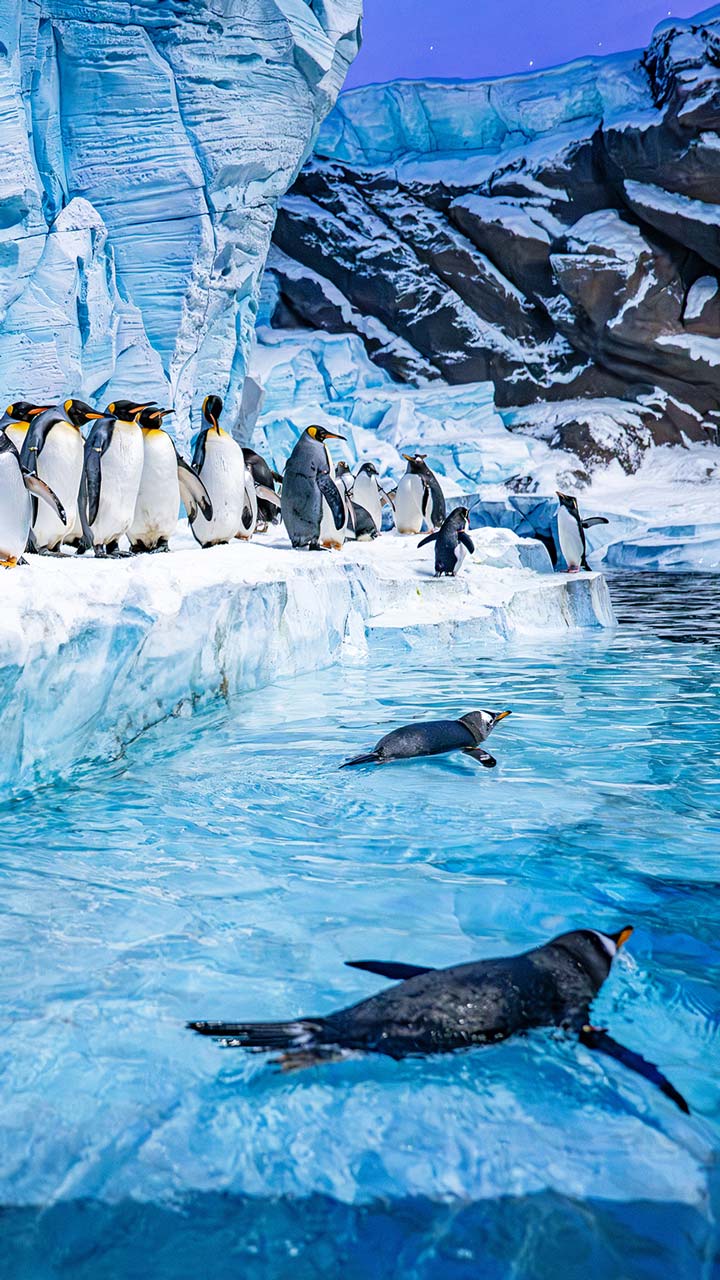
Did you like reading our story?
If you enjoyed or learned something from this story, sign up for our newsletter and be informed when a new story comes up! Please enter your email below.




